Notes
Pussycats in the Clouds: Go Daddy Paints Super Bowl 2012
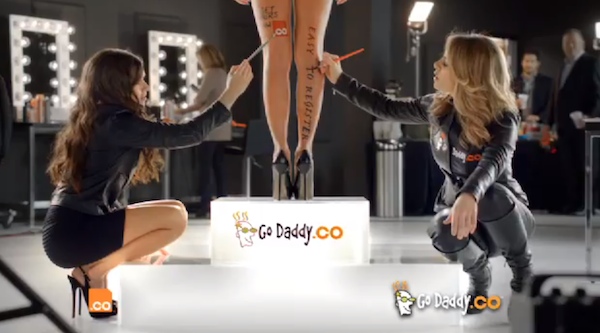
This year, Super Bowl ads were all about the pre-release. Days before kickoff, we knew that Volkswagen thinks dogs are about the only thing American consumers like as much as Star Wars. We knew that Doritos can think of at least two things that American consumers like even more than Star Wars and dogs (Doritos and . . . ). And we knew that Go Daddy’s ads would feature strong, successful women doing degrading things. Of course, we didn’t need a pre-release to confirm that.
The Go Daddy ads are designed to function as kitsch—poking fun at the overused stereotypes on which they are based. The ad that touts the company’s presence on the Internet cloud casts the Pussycat Dolls as low-rent versions of the angels made famous by Victoria’s Secret. In the other ad, race car driver Danica Patrick and fitness guru Jillian Michaels promote the new “.co” domains being hawked by the company by painting promotional messages on a naked model’s body. When a skeptical Patrick worries that “this sure is a crazy way to draw attention to .co domain names by Go Daddy,” Michaels reassures her, saying, “Who won’t notice a hot model in body paint?” The ads also deploy the “good girl/bad girl” aesthetic, with the “Cloud” ad gleaming in bright, airy colors and the “Body Paint” ad hinting at an S&M motif with its black leather and spiked heels.
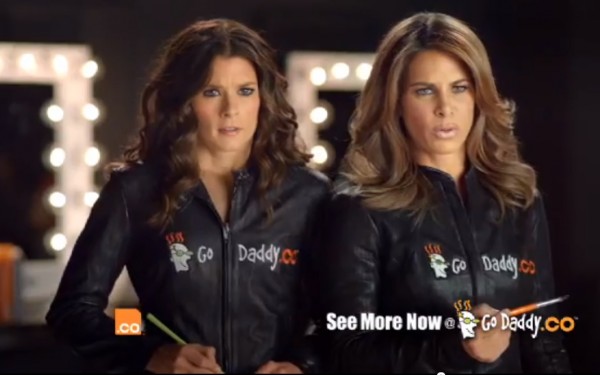
The Go Daddy “Body Paint” ad does make one innovation to the classic Super Bowl ad genre. In that ad, the naked body objectified does not belong to Patrick or Michaels. Posing in black leather jackets zipped almost up to their chins, the spokeswomen become Go Daddy madams—pimping the body of the nameless “hot model” to the pubescent males who will rush to the Go Daddy site during the Super Bowl so that they can “see more.”
The Go Daddy spots (and others of this ilk) tout the fact that the women in the ads willingly participate in their own objectification. True, but they should also serve as a reminder that one of the primary ways that women can participate in the Super Bowl cash-fest is by hawking their womanly wares—in ad after ad, as hot women inexplicably compete for the affection of “regular guys,” on the sidelines as cheerleaders, and (occasionally) as the attractive roaming reporter.
Of course, readers will no doubt point to H&M’s ad featuring a shirtless David Beckham as Super Bowl Sunday’s Title IX entry. Like the other ads, it sells sex—but when male images like these are used to hawk products, the masculine subject typically retains his strength, independence, and power. While supermodel Adriana Lima passes time in her ad getting ready for a man, promising that if guys “give” (flowers from Teleflora), they will “receive,” when Beckham bends it, he retains his strength, independence, and power.
Pointing out the fact that Go Daddy’s latest round of Super Bowl ads is sexist is a bit like announcing that Republican voters are lukewarm about Mitt Romney. The visuals, however, remind us that on Super Bowl Sunday, the only thing that viewers consume more of than chips and beer is women’s bodies.
— Karrin Anderson
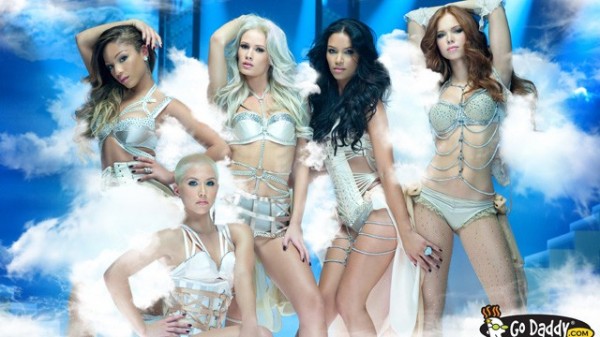
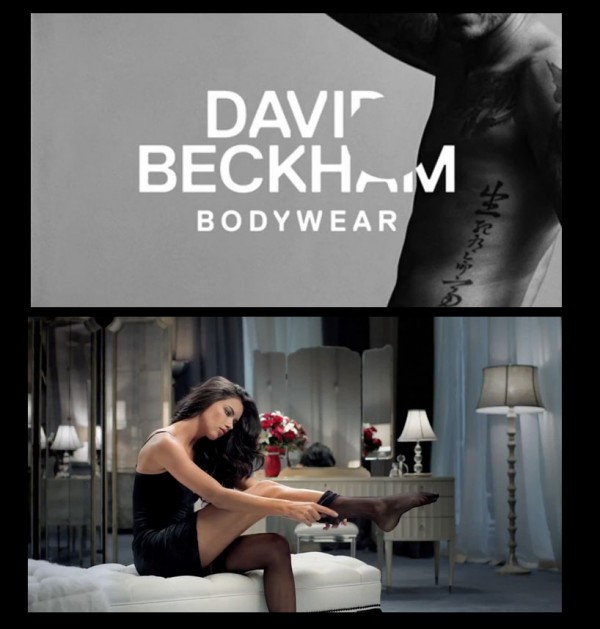

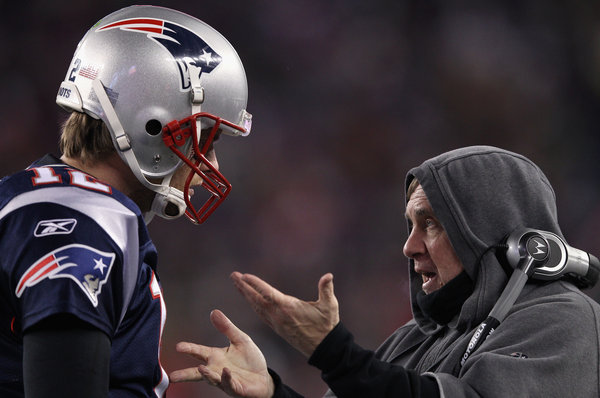
Reactions
Comments Powered by Disqus